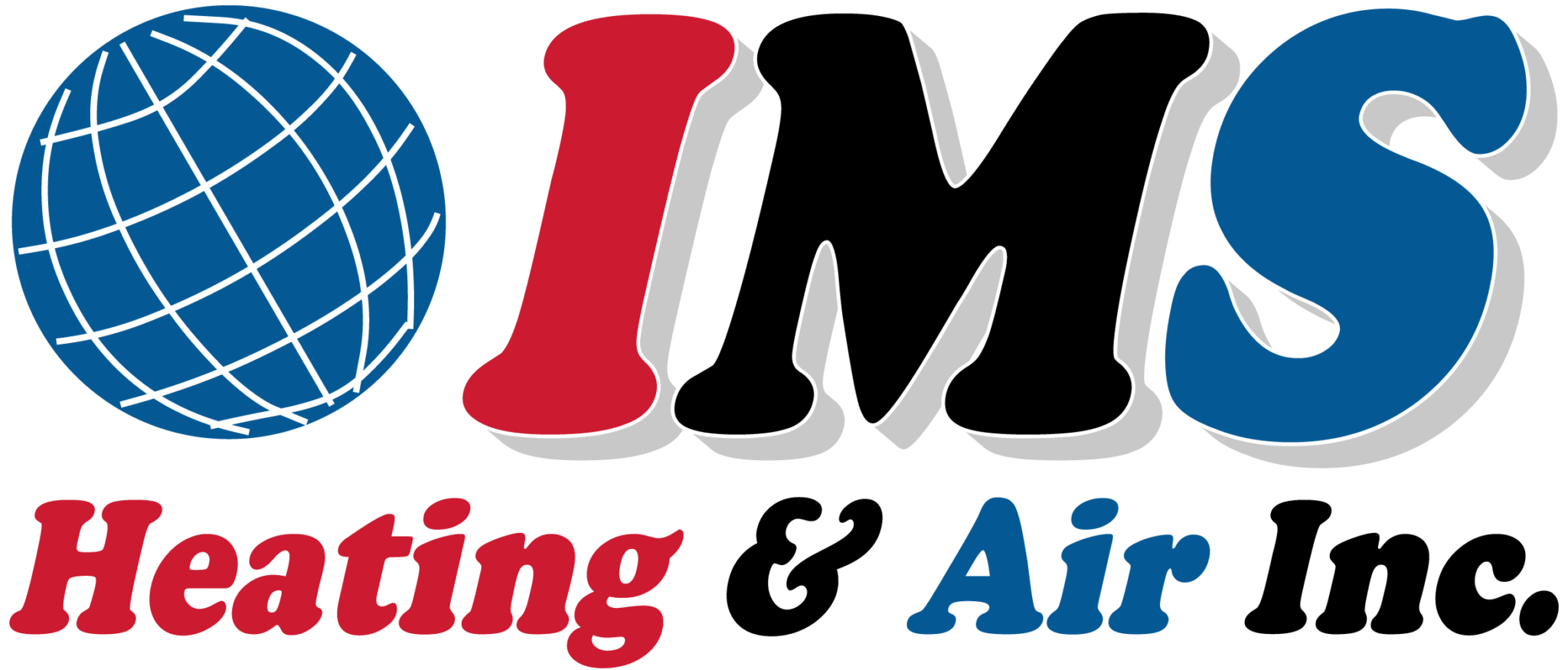Air quality is often a topic of concern in many homes and offices across Colorado. And with 125 metric tons of toxic and greenhouse gasses getting their way into the atmosphere yearly, it’s quite simple to see why. In fact, many state leaders now feel that it’s necessary to act hastily to prevent the situation from worsening.
The truth is, Colorado faces more than enough air pollutants. Whether it’s from fossil fuels, factories, and even buildings, there are multiple ways that the outdoor or indoor air quality gets compromised in Colorado.
Because of this, many homeowners are looking for efficient ways to achieve the best indoor air quality. But did you know that only dealing with indoor air pollution is not enough?
That’s right — you also need to think about outdoor air pollution if you want to have the best indoor air quality.
But how do outdoor and indoor air pollution affect one another?
Continue reading to find out.
What’s the Difference Between Indoor and Outdoor Air Pollution?
To better understand the relationship between indoor and outdoor pollution, we must first understand what each one is, as well as their differences.
What is Outdoor Air Pollution?
Any air pollution outside of a home, office, etc., is generally considered outdoor air pollution. Colorado has relatively high levels of outdoor air pollution. Outdoor air quality is crucial for the health and well-being of all living things, especially humans.
Some of the causes of outdoor air pollution are natural, but many of the causes are linked to our behavior. Natural sources that affect outdoor air quality include dust, mold, mildew spores, and pollen.
Human-caused sources of outdoor air pollution include gaseous emissions, pesticides, ozone, and sulfur dioxide. In Colorado, production of both oil and gas generates nitrogen dioxide and VOCs (volatile organic compounds). When these two mix and burn, they form ozone.
What is Indoor Air Pollution?
On the other hand, indoor air pollution includes contaminants that affect the air quality inside a building, like an office or home. Indoor air pollution tends to disrupt your comfort and can also affect your health.
Many people spend the majority of their time indoors, especially people who work from home. This is why it’s important to consider the quality of the air you breathe in all day. Issues like pollution gasses, dust, and dirt can have a negative impact on your indoor air quality.
How Do Outdoor and Indoor Air Pollution Affect Each Other?
Some sources, such as household products, hazardous gasses, and tobacco smoke, affect indoor air quality. However, outdoor air pollution can also affect your indoor air quality.
Often, outdoor air pollution, such as dust, car emissions, poisonous gasses, and chemicals, moves freely in the atmosphere. If you leave your windows or doors open, these might end up in your home or building.
And even with an HVAC system in place, outdoor air pollution can affect indoor air quality. For example, HVAC systems have air filters that trap dirt and dust. However, if you don’t replace or wash the air filter, the dust and dirt can get into your home.
Chemicals and gasses in the air from outside sources also find their way into your home daily. This will lower indoor air quality and can lead to health issues.
This is why it’s beneficial to install HEPA filters and UV light air purifiers, as well as get better ventilation. Such measures help improve and maintain better air quality by reducing pollution levels indoors. In addition, you can add an indoor air monitor to check pollution levels and take appropriate actions.
Contact a reputable HVAC company, like our team at IMS Heating & Air, if you’d like to learn more about air purifiers.
Outdoor and Indoor Air Pollution — What Are the Sources?
Indoor and outdoor air pollution can be caused by a wide variety of things/ Some of these things are unique, whereas others are fairly similar. Let’s look at each.
What are the Sources of Outdoor Air Pollution?
Some of the main sources of outdoor air pollution include:
1. Car Emissions
There were over 290 million cars in the U.S. alone as of September 2022. Even though the automobile industry continues to take great strides to lower emissions, it remains a prevalent issue.
Car emissions are one of the leading contributors to outdoor air pollution. Some common examples of these emissions include carbon monoxide and nitric acid.
2. Fossil Fuel Combustion
Fossil fuel is widely popular as it provides energy for machines and vehicles. Unfortunately, fossil fuel combustion is among the main contributors to outdoor air pollution.
The toxic gasses are hazardous, whether it’s smoke from vehicles or factories. They mainly contain nitrogen oxides and sulfur dioxide that harms the ozone layer and the environment.
3. Mining-Related Activities
Mining has long been a top cause of outdoor air pollution. The more people participate in mining activities, the more it affects the atmosphere. Mining contributes to the levels of dust in the air and can produce hazardous gasses.
4. Agricultural Activities
Some farmers use harmful pesticides and chemicals in their farming activities that affect the air quality of the areas around them. Everything from preparing land for planting to spraying herbicides can cause air pollution.
What are the Sources of Indoor Air Pollution?
So, what causes indoor air pollution? Some of the causes of indoor air pollution include:
1. Household Products
Using various household products to keep your home comfortable is not uncommon. These include cleaning products, disinfectants, and air fresheners.
Unfortunately, these household products also contribute to indoor air pollution. This is mainly because the products contain VOCs (Volatile Organic Compounds). VOCs are highly toxic and can cause different health problems with extensive exposure.
2. Mold Spores
Have you seen signs of mold in your home? If so, it’s time to act fast to ensure you get rid of it. This is because mold releases mold spores that end up in the air and are quite easy to breathe in.
Humid conditions are perfect for mold growth in your home or office. So, it’s advised to maintain proper humidity levels to discourage mold growth.
Mold affects your health and well-being. Exposure leads to respiratory complications as the spores contaminate the air.
3. Hazardous Gasses
Did you know that some heating appliances emit hazardous gasses such as carbon monoxide? Not only is carbon monoxide hazardous, but it’s also a deadly toxic gas. If you have a gas cooker, gas furnace, or similar appliances, ensure you fit your home with a carbon monoxide detector.
Key Takeaway
Understanding the air quality inside vs outside your house is paramount; it ensures that you not only deal with pollutants that are generated within the house but also those that get to your indoors from outside.
And while you might not have much influence on air pollution outside of your home, you can ensure that it doesn’t affect your indoor air quality.





